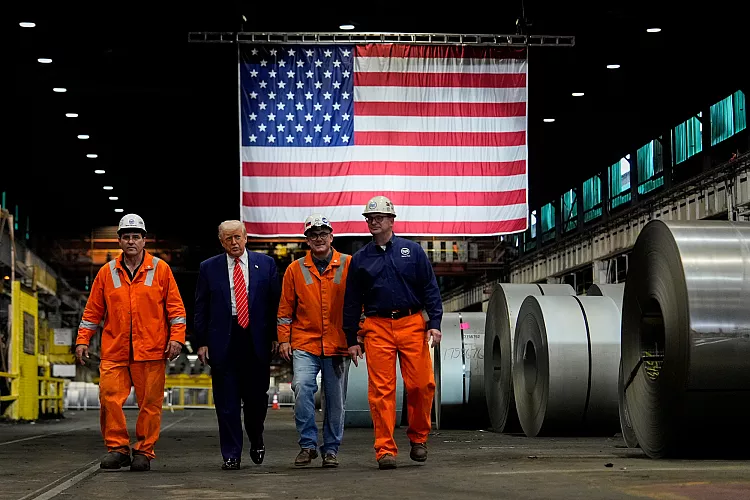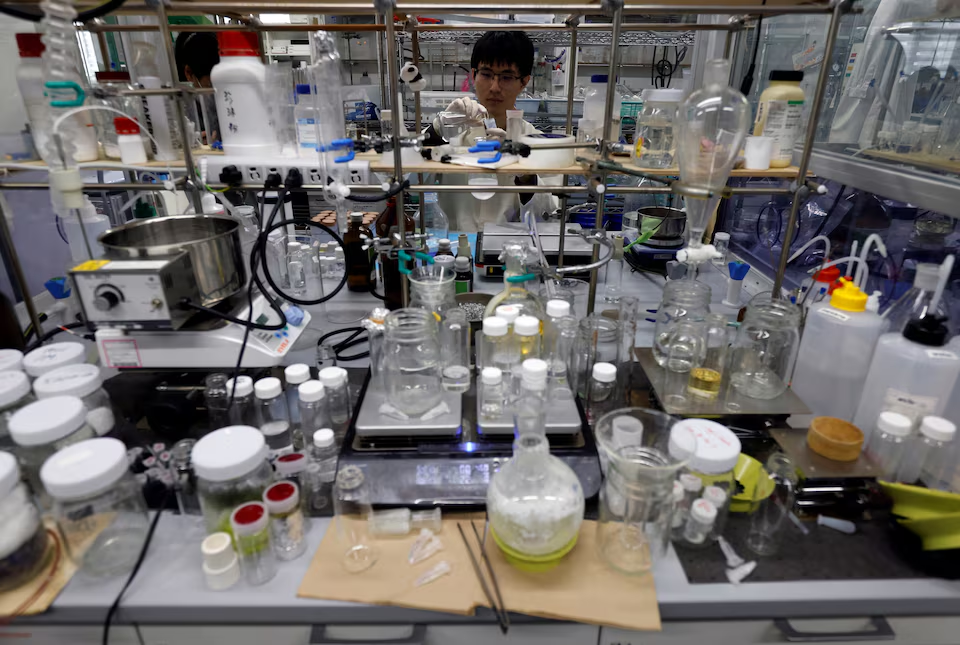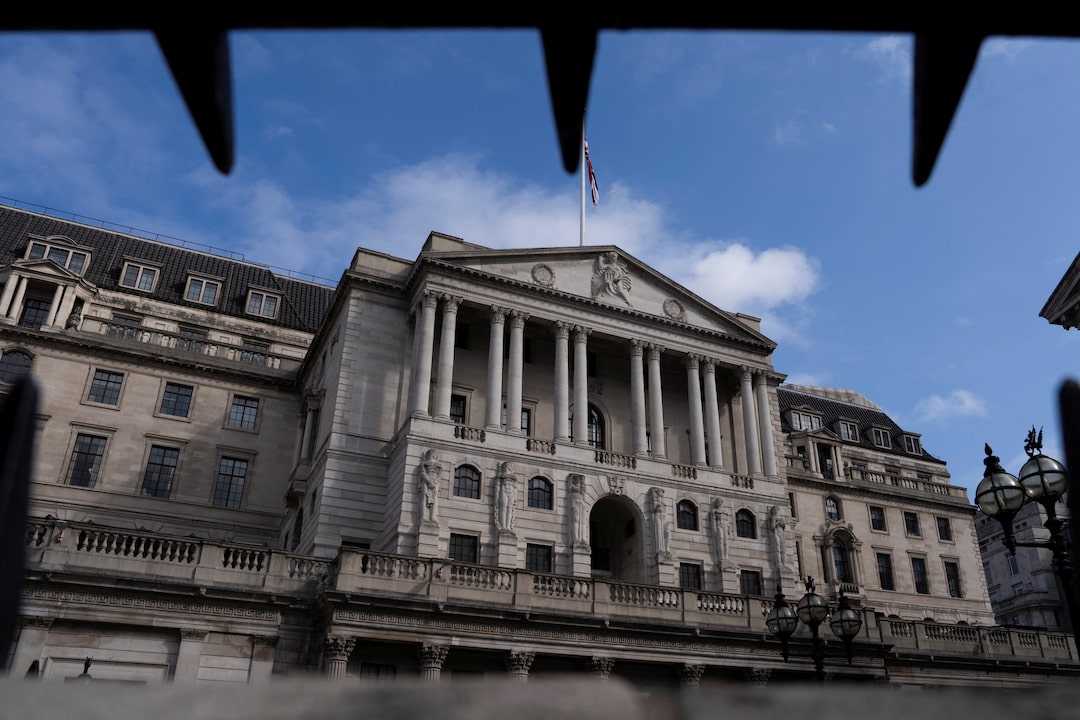Former U.S. President Donald Trump has declared a substantial increase in tariffs on imported steel and aluminum, raising duties by 50 percent as part of a renewed push to bolster American manufacturing. The announcement was made during a campaign rally in Pennsylvania on Friday, a key swing state with a strong industrial base.
The move comes as part of Trump’s broader strategy to revive domestic industry and reduce U.S. reliance on foreign metals. The proposed tariff hike will apply to all imported steel and aluminum products, effectively doubling the rates he originally introduced during his presidency in 2018 under Section 232 of the Trade Expansion Act.
“We are going to bring steel back to America, and we’re going to do it now,” Trump told supporters at the rally. He said foreign competitors, particularly from China, were “dumping cheap metal” into the U.S. market, undercutting American workers and harming national security.
The new tariff policy—set to raise duties from 25% to 37.5% on steel and from 10% to 15% on aluminum—would likely be implemented if Trump returns to office after the 2024 election. Though currently out of power, Trump remains the Republican frontrunner and is expected to formalize the policy in his economic platform.
His campaign team stated that the increased tariffs would be accompanied by incentives for domestic producers and tighter enforcement of trade rules. They claim the policy will secure jobs in states heavily dependent on manufacturing and resource extraction.
Industry responses have been mixed. U.S. steel producers welcomed the announcement, with several executives calling it a “bold move” to level the playing field. “We’ve seen mills shuttered and jobs lost over the last two decades. These tariffs can help reverse that,” said a representative from a major steel union.
However, critics argue the tariff hike will likely trigger trade retaliation and drive up costs for downstream industries that rely on imported metals, including automotive, construction, and packaging sectors. Economists warn that the increased tariffs could strain relations with key allies, including Canada, the European Union, and Japan, all of whom were affected by Trump’s original tariff measures in 2018.
The European Commission responded cautiously, saying it would “analyze the impact” of the proposed changes and was prepared to defend European interests. Canadian trade officials called the move “disappointing,” citing the integrated nature of North American manufacturing supply chains.
Analysts say the announcement reflects Trump’s political strategy of targeting working-class voters in industrial heartland states. Pennsylvania, Michigan, and Ohio—states that flipped in 2016 to help Trump win the presidency—are central to his comeback bid.
The White House has not formally commented on Trump’s announcement, but current U.S. trade officials have previously expressed concerns over tariffs leading to retaliatory actions and higher consumer prices. President Joe Biden has largely kept Trump-era tariffs in place while adopting a more multilateral approach to trade enforcement.
The World Trade Organization (WTO) ruled in 2022 that Trump’s 2018 tariffs violated international trade rules, a finding the U.S. contested by citing national security concerns. With the proposed increase, Trump is doubling down on his rejection of global trade norms in favor of what he calls an “America First” strategy.
If implemented, the increased tariffs would mark one of the most aggressive protectionist moves by a U.S. administration in recent history. Supporters say it’s a necessary correction to decades of unfair trade practices, while opponents warn it could lead to economic and diplomatic fallout.
As Trump continues to build momentum toward a potential second term, the proposed tariff hike signals his intent to reshape American trade policy around nationalist principles—potentially reigniting global trade tensions that defined much of his first presidency.
Source; Euronews



